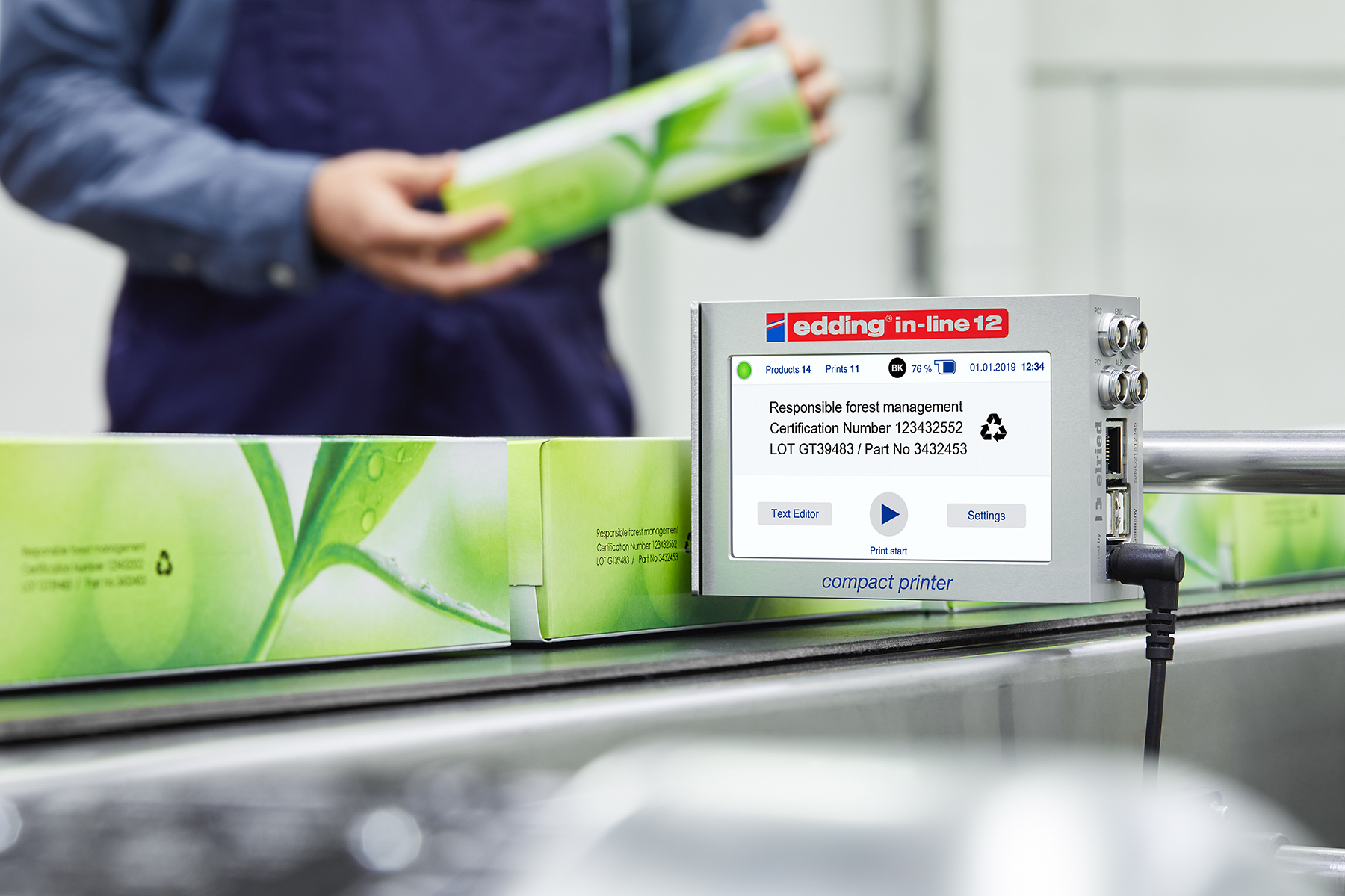Connectivity is one of those terms that mean different things in different contexts. But, on the manufacturing floor, connectivity is only seen one way – machines’ ability to communicate and understand one another.
This interconnection of devices is the direction manufacturing has been moving in since the advent of mass production. From the 19th century onwards, there has been a gradual transition from individual machines performing their tasks in isolation - to the introduction of automated manufacturing in the mid-20th century – to the digital transformation of production processes in our Industry 4.0 era. Today’s production lines are increasingly populated with smart physical systems able to create and share information via digital connections.
Machine learning
This connectivity creates new possibilities to optimise production processes. The information flow between machines reveals bottlenecks and opportunities to achieve efficiency improvements.
Your coding and marking solution should be no exception. There are multiple benefits to be gained from a printer able to interact seamlessly with all upstream and downstream machines in the production line. Connectivity is a valuable feature of any printer for three reasons:
- Telling it when to print as the product passes by.
- To instruct it what to print. For example, the expiry date, batch numbers, product code, or – if it is connected to digital scales – the product weight.
- To enable the printer to talk to the rest of the production line. This could be sending a report on the ink level, performance status, or print numbers; and instructing the next machine upstream to come on line at exactly the right time for optimum efficiency.
Growing trends in packaging are increasing the need for smart printers. There’s far more to marking now than merely printing the expiry date. Manufacturers are printing details such as barcodes, lot numbers, QR and DataMatrix codes and graphics in response to regulators’ requirements on product traceability and accurate, easy-to-understand consumer information. With a connected system, you can print this continually changing information easily. Operators no longer need to halt the production line to update the text. Variable information flows from databases direct to the printer the instant it’s required, maximising production uptime and accuracy.
It’s no surprise then that connectivity has become a marketing buzzword. Yet, while many companies lay claim to their devices delivering superb connectivity, most fall short. True connectivity doesn’t mean a printer that can only connect with a select number of software programmes or needs a particular cable. True connectivity means a machine designed to communicate with other devices via a large number of open, easy to use interfaces. And it should be built around open software architecture so that it’s able to communicate with any systems added to the network in the years ahead.

Future-proof printers
edding compact printers deliver that future-proof connectivity. There are cheaper industrial printers available, but they don’t offer the many, diverse connectivity options that come with the edding in-line 12 and edding portable 12. These printers support DCHP, SMTP Mail, HTML5, and even SNMP for connection to Manufacturing Control or ERP systems; and connect to any end device via Ethernet, WiFi, or Bluetooth. You also have the versatility to control the device via a web browser on your smartphone, laptop, or the installed touchscreen.
It is this last connectivity feature that provides manufacturers with a benefit that’s especially valuable right now. During the COVID-19 crisis, there is clearly a pressing need to keep production lines running in industries manufacturing essential products. However, the lockdown imposed in many countries makes it difficult or even impossible to get technical support on site if a problem occurs. With edding compact printers, that isn’t a risk. The in-line 12 and portable 12 have been designed to be maintenance-free. And in the unlikely event that a problem was to occur, their powerful connectivity means that they can be fixed immediately offsite via a standard browser.
To help to maintain the uninterrupted supply of essential products, we have made our printers available to rent for the duration of this crisis. To find out more about our new rental service for customers, contact us here.